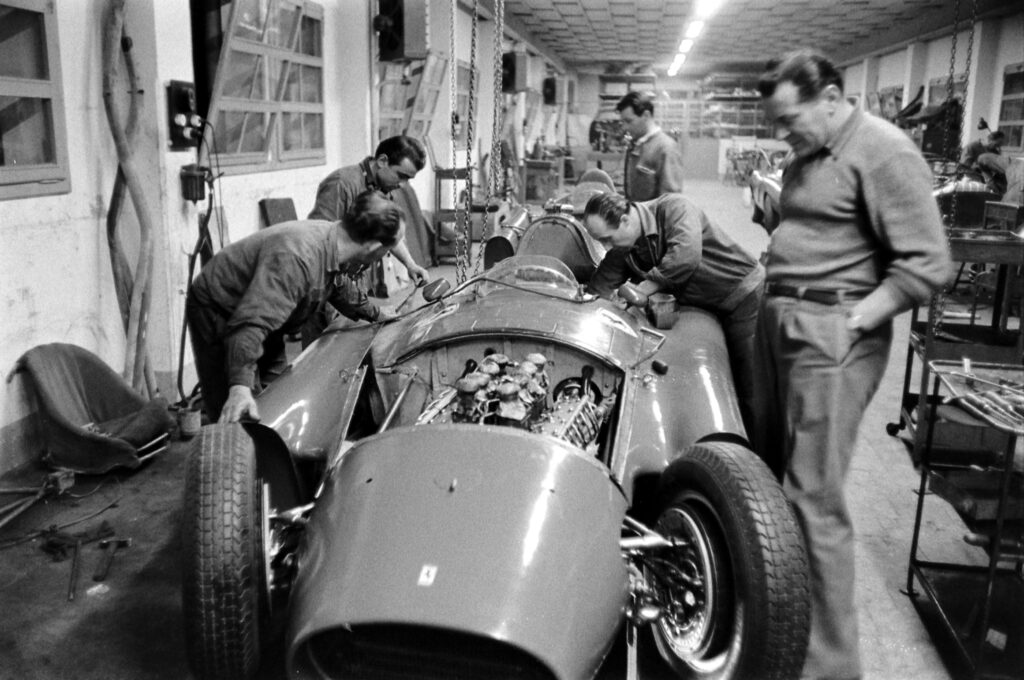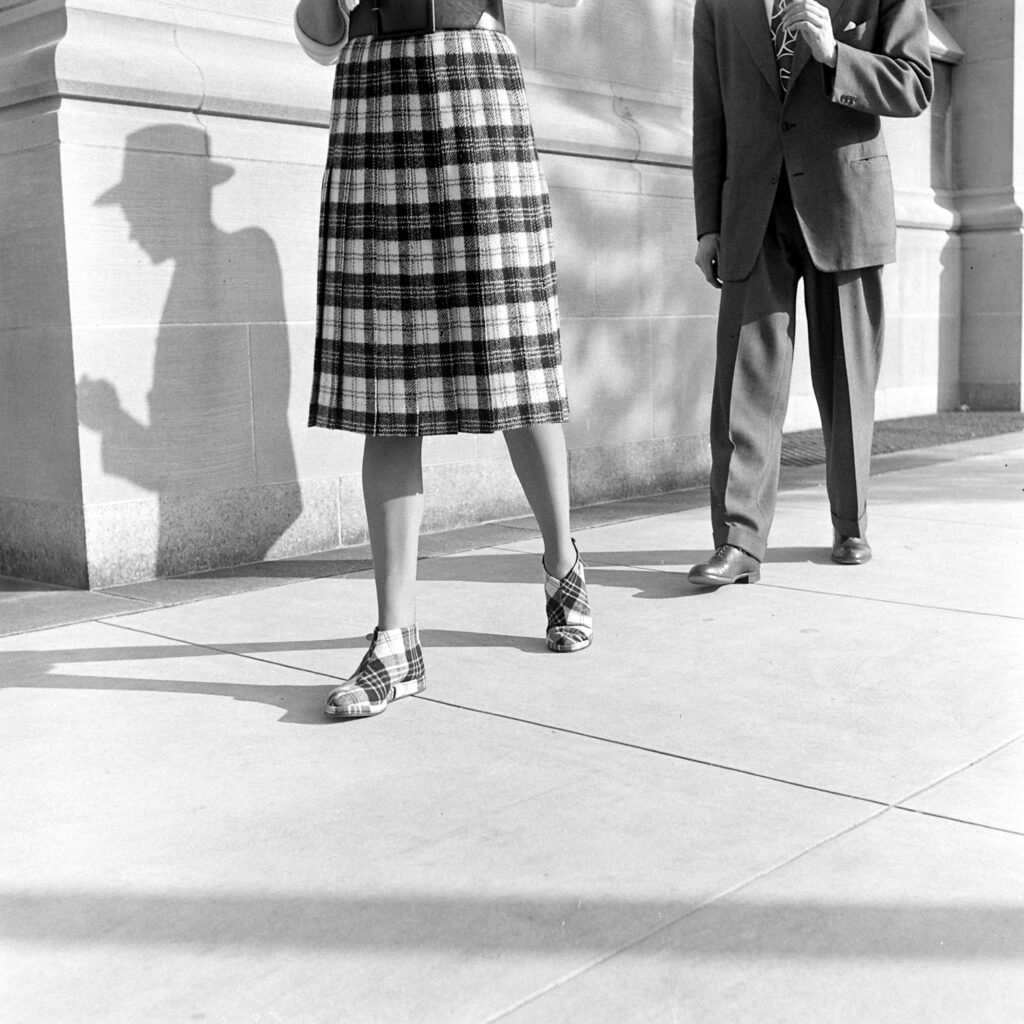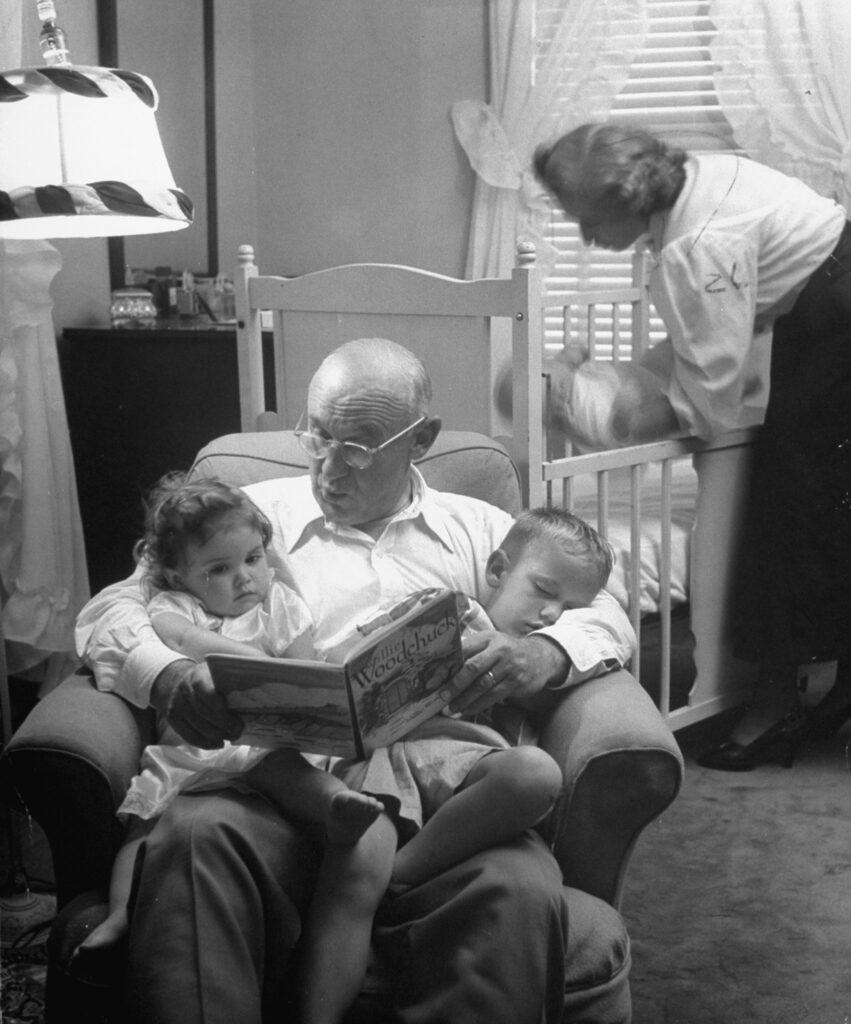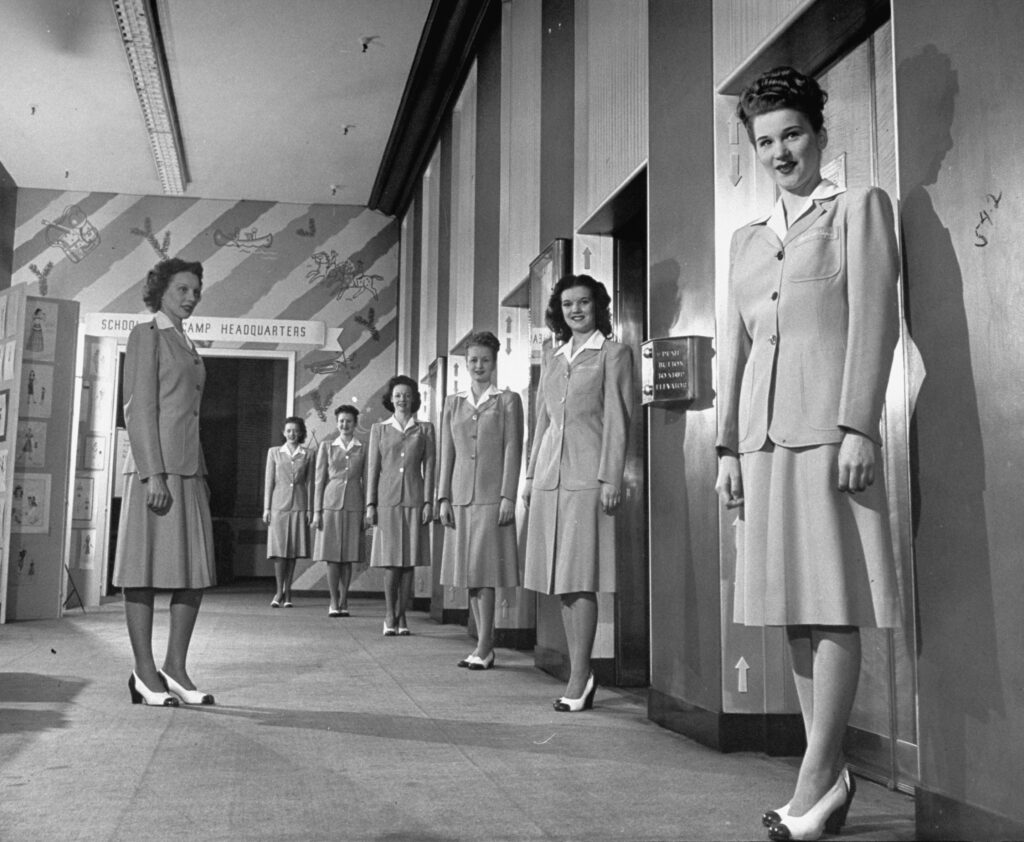Written By: Terri Pous
The store that was born on the corner of Ervay and Main Streets in Dallas has become, like most other things from Texas, larger than life. When Neiman Marcus was founded as a purveyor of luxury womenswear and goods in 1907 by department store buyer Herbert Marcus and his sister and brother-in-law, Carrie and A.L. Neiman, it was a gamble on an untapped market. Though Dallas is now an urban center, it was more of a down-home midwestern town when doors opened to the public on Sept. 10 of that year.
The gamble paid off—wealthy oil wives and society matrons quickly raided the racks of Neiman Marcus’ collection of on-trend finery, thankful for a fashionable outpost. Shoppers bought out its entire first inventory, earning the store $3,000 in its first year. By 1944, one year before these photos were taken for LIFE, it made $398,000.
Neiman Marcus helped turn Dallas into a new, off-center fashion metropolis. Its exclusive, personalized style earned it widespread recognition. In LIFE’s September 3, 1945, edition, the in-store shopping experience was characterized as such: “The store’s executives regularly roam through the departments, giving advice on some of the graver problems of fashion and sometimes sternly censoring salesgirls’ suggestions. They have been known to stop a $1,000 sale because they though the article bought was unsuited to the customer who wanted to buy it.”
Today, Neiman Marcus is equally as refined, but the store has grown much bigger than its Lone Star State britches. Its 42 locations across the U.S. are augmented by the annual Christmas catalogue. Released every year since 1939, it stirs up a mini dust storm of awe and incredulousness each year with its list of outrageous (in price and concept) gifts. The 2019 “Christmas Book” offered, among other extravagances, a $700,007 Aston Martin designed by Daniel Craig (aka James Bond), a $35,000 Moét & Chandon vending machine and a $70,000 luxury doghouse.
These frivolities only add to Neiman Marcus’ old-school glamour and charm. These previously unpublished LIFE photographs capture a postwar society decked out in sable neckpieces, birdcage veiled hats, and designer umbrellas. The attentive salesfolk and customized attention proved that fashion had a chance outside New York and Los Angeles any time of year.

The entrance to the Neiman-Marcus store in Dallas, 1945.
Nina Leen The LIFE Picture Collection/Shutterstock

Models displayed the newest designs, sometimes before Fifth Avenue or Wilshire Boulevard saw them, in the fashion salon on the second floor.
Nina Leen The LIFE Picture Collection/Shutterstock

Store clerks tried out jewelry to match the suit.
Nina Leen The LIFE Picture Collection/Shutterstock

Mrs. Guiberson, in the right photo, began to put together an ensemble.
Nina Leen The LIFE Picture Collection/Shutterstock

Mrs. Guiberson tried on gloves, and was later shown umbrellas and handbags.
Nina Leen The LIFE Picture Collection/Shutterstock

In the right image, Mrs. Guiberson topped off her outfit with a $750 sable neckpiece.
Nina Leen The LIFE Picture Collection/Shutterstock

Neiman Marcus, 1945.
Nina Leen The LIFE Picture Collection/Shutterstock

Neiman Marcus, 1945.
Nina Leen The LIFE Picture Collection/Shutterstock

Neiman Marcus, 1945.
Nina Leen The LIFE Picture Collection/Shutterstock

Neiman Marcus, 1945.
Nina Leen The LIFE Picture Collection/Shutterstock

Neiman Marcus, 1945.
Nina Leen The LIFE Picture Collection/Shutterstock

Neiman Marcus, 1945.
Nina Leen The LIFE Picture Collection/Shutterstock

Neiman Marcus, 1945.
Nina Leen The LIFE Picture Collection/Shutterstock

Neiman Marcus, 1945.
Nina Leen The LIFE Picture Collection/Shutterstock

Neiman Marcus, 1945.
Nina Leen The LIFE Picture Collection/Shutterstock

Neiman Marcus, 1945.
Nina Leen The LIFE Picture Collection/Shutterstock

Neiman Marcus, 1945.
Nina Leen The LIFE Picture Collection/Shutterstock
























